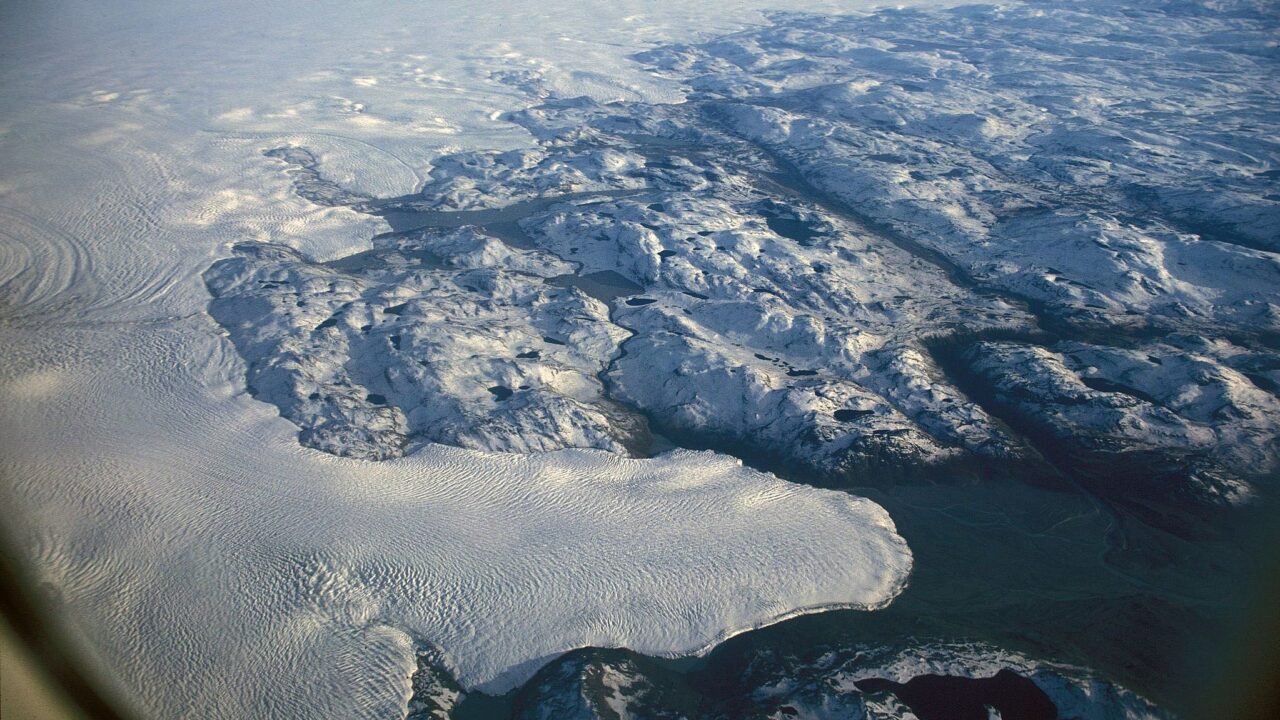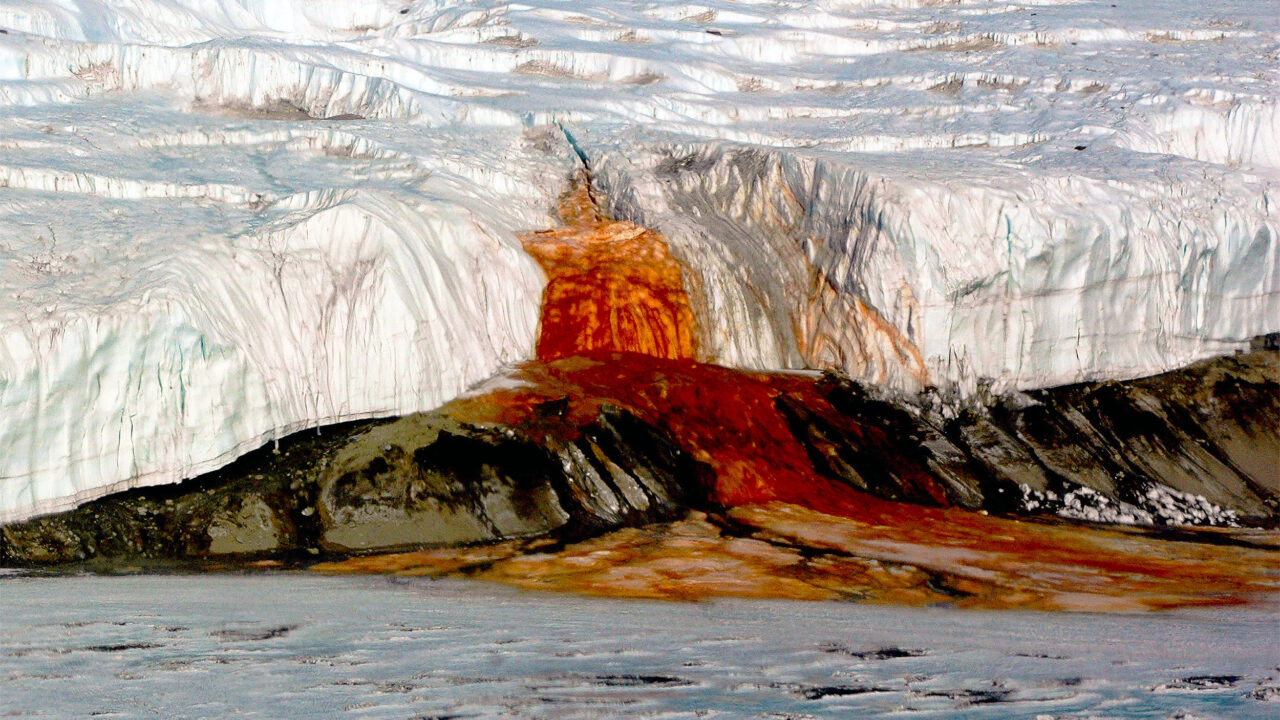Are you dreaming of an otherworldly landscape where the sky kisses the earth in a seamless mirror of infinity? Salar de Uyuni, Bolivia’s crown jewel, is the planet’s largest salt flat, spanning over 10,582 square kilometers (4,086 square miles) across the stunning Altiplano high plateau. Visible even from space, this dazzling white expanse isn’t just a natural wonder it’s a playground for photographers, adventurers, and nature lovers. In this ultimate guide to Salar de Uyuni Bolivia, we’ll uncover its geological secrets, top attractions, and insider tips to plan your unforgettable trip in 2025.
What Makes Salar de Uyuni So Magical? Fun Facts About Bolivia’s Salt Flats
Formed from the dried-up prehistoric Lake Minchin around 30,000–42,000 years ago, Salar de Uyuni sits at a breathtaking 3,656 meters (11,995 feet) above sea level in the Daniel Campos Province of Potosí, southwestern Bolivia. This ancient lakebed left behind a crust of hexagonal salt polygons that shimmer under the intense Andean sun, creating an illusion of endless horizon.
Here are some mind-blowing facts about Salar de Uyuni:
- Resource Riches: It holds about 50–70% of the world’s lithium reserves, fueling the future of electric vehicles.
- Hollywood Star: The flats starred as the desert planet Crait in Star Wars: The Last Jedi.
- Wildlife Haven: Spot pink flamingos flocking to nearby lagoons, vicuñas (alpaca-like camels), and viscacha rodents scampering across the salt.
- Mirror Effect: During the rainy season, a thin water layer turns the flats into the world’s largest natural mirror pure surrealism.
Whether you’re chasing Instagram-worthy shots or seeking solitude in a vast, alien-like terrain, Salar de Uyuni tours promise experiences that redefine “bucket list.”
Best Time to Visit Salar de Uyuni: Dry Season vs. Rainy Season
Timing is everything for Salar de Uyuni travel. The region has two distinct seasons, each offering unique vibes.
Dry Season (April–November, Recommended for First-Timers)
Walk freely across the salt crust; epic perspective photos; clear views of Isla Incahuasi’s giant cacti; milder temps (day: 0–15°C/32–59°F, night: -10–0°C/14–32°F).
Drawbacks: No mirror effect; dustier conditions.
Rainy Season (December–March, For Photographers)
Stunning sky reflections; vibrant lagoons; wildflowers bloom.
Drawbacks: Parts of the salar flood, limiting access; tours may shorten; colder nights (-15°C/5°F).
Pro Tip: June–August brings the clearest skies for stargazing, but pack layers the high altitude amplifies chills. Avoid yellow fever risks by getting vaccinated if traveling from endemic areas.
Top Attractions Near Salar de Uyuni: Beyond the Salt Flats
Salar de Uyuni isn’t a solo act its surroundings burst with volcanic drama and colorful wonders. Most visitors opt for 2–3 day Salar de Uyuni tours from Uyuni town to hit these highlights:
- Isla Incahuasi (Fish Island): Hike through a “cactus forest” on this coral-like island in the salar’s heart for panoramic views. It’s a surreal contrast of spiky green against blinding white.
- Laguna Colorada: A fiery red lagoon teeming with Andean flamingos, framed by borax sands and distant volcanoes. (Bonus: Nearby Laguna Verde’s emerald waters glow turquoise.)
- Geysers and Hot Springs: Dawn at Sol de Mañana geysers spews steam amid lunar landscapes, followed by a soak in Termas de Polques hot springs.
- Train Cemetery (Cementerio de Trenes): Explore rusted 19th-century locomotives abandoned in Uyuni a gritty slice of Bolivia’s mining history, perfect for urban explorers.
- Árbol de Piedra (Stone Tree): Wind-sculpted rock formations in the Siloli Desert, evoking Salvador Dalí’s wildest dreams.
- Colchani Salt Factory: Watch locals harvest salt by hand, then browse artisan shops for souvenirs.
For adrenaline junkies, add astro-tours for starry skies unpolluted by city lights or a soccer match on the flats (yes, it’s been done!).
How to Get to Salar de Uyuni: Your Travel Logistics
Nestled at the tri-border of Bolivia, Chile, and Argentina, Salar de Uyuni is remote but accessible. Fly into La Paz or Santa Cruz, then connect onward.
- From La Paz, Bolivia: Overnight bus (8–10 hours, ~$20–30 via Todo Turismo) or flight (45 minutes, ~$50–100). Buses arrive early for same-day tours.
- From San Pedro de Atacama, Chile: 4×4 tours cross borders (3–4 days, ~$200–300).
- From Argentina (Tupiza): Scenic 4-day tours through red canyons (~$250).
- In Uyuni: A dusty hub with agencies in Plaza Arce. Book tours on-site or online via Red Planet or similar for reliability.
Independent travel? Rent a 4×4 with GPS, but tours are safer roads vanish on the flats.
Essential Travel Tips for Salar de Uyuni Tours
Maximize your Salar de Uyuni adventure with these hacks:
- Acclimatize: Spend 2–3 days in La Paz (3,650m) to dodge altitude sickness hydrate, chew coca leaves.
- Pack Smart: Sunglasses, hat, sunscreen (UV rays reflect off salt), warm layers, sturdy shoes, water bottle, snacks, camera with wide-angle lens, and props for perspective illusions (e.g., toy dinosaurs “walking” on your hand).
- Tour Choices: 1-day (~$50–80) for flats only; 3-day (~$150–250) for full circuit. Opt for English-speaking guides and eco-friendly operators.
- Stay Options: Salt hotels like Palacio de Sal for luxury (~$100/night) or budget hostels in Uyuni (~$10–20).
- Sustainability: Stick to paths to protect the fragile crust; support local communities by buying handmade crafts.
Why Salar de Uyuni Should Be Your Next Bolivia Escape
In a world of crowded landmarks, Salar de Uyuni Bolivia delivers raw, untamed beauty that touches the soul. From mirror-like sunrises to flamingo-filled sunsets, it’s a reminder of Earth’s wild poetry. Ready to step into the infinite? Book your Salar de Uyuni tour today and let Bolivia’s salt symphony unfold.
Planning a trip? Share your questions in the comments safe travels!





